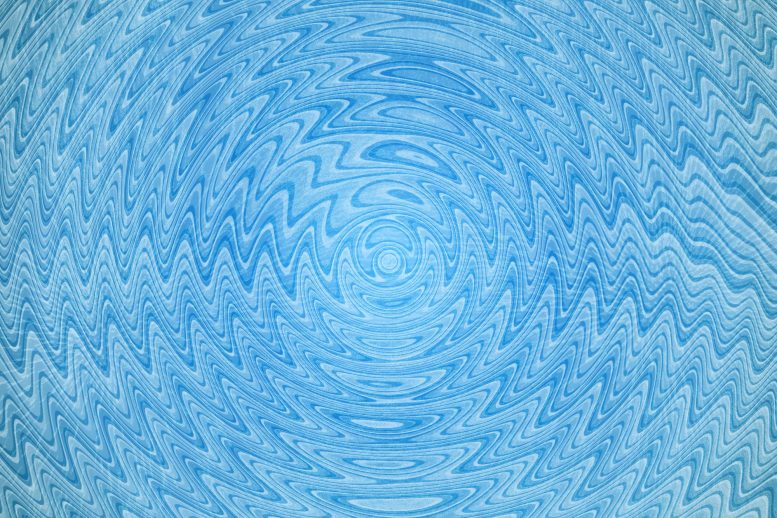
Researchers found evidence of an inverse transition in ferroelectric ultrathin films, which could lead to advances in development of data storage, microelectronics, and sensors. Artist’s concept.
The transition could lead to advances in data storage, microelectronics, and sensors.
Inverse transitions seem to contradict the fundamental law that disorder increases with temperature. They have been found in superconductors and liquid crystals, but not yet in ferroelectric materials, which have a variety of uses in electronics and data storage.
In a recent study, University of Arkansas physics researchers found evidence of an inverse transition in ferroelectric ultrathin films, which could lead to advances in development of data storage, microelectronics, and sensors.
“We found that a disordered labyrinthine phase transforms into the more ordered parallel-stripe structure upon raising the temperature,” said Yousra Nahas, first author of the study titled “Inverse Transition of Labyrinthine Domain Patterns in Ferroelectric Thin Films,” published in the journal Nature. Former and present U of A physics researchers Sergei Prokhorenko, Bin Xu, Sergey Prosandeev, and Distinguished Professor Laurent Bellaiche, along with colleagues in France, also contributed to the study.
Proposed a century ago, these types of transitions seem to contradict the fundamental law that disorder increases with temperature. They have been found in other systems such as superconductors, proteins, liquid crystals, and metallic alloys. But they had not been found in ferroelectric materials, which are of interest to scientists because they possess spontaneous electrical polarization that can be reversed by the application of an electric field.
The University of Arkansas researchers were able to model the transitions using the Arkansas High Performance Computing Center, which is funded in part by the Arkansas Economic Development Commission. Researchers in France demonstrated the model’s predictions through laboratory experiments.
“These findings may be put to use to leap beyond current technologies by enabling fundamentally new design principles and topologically enhanced functionalities within ferroelectric films,” said Nahas.
Reference: “Inverse transition of labyrinthine domain patterns in ferroelectric thin films” by Y. Nahas, S. Prokhorenko, J. Fischer, B. Xu, C. Carrétéro, S. Prosandeev, M. Bibes, S. Fusil, B. Dkhil, V. Garcia and L. Bellaiche, 1 January 2020, Nature.
DOI: 10.1038/s41586-019-1845-4
The study was supported by grants from the Defense Advanced Research Projects Agency and the Army Research Office.



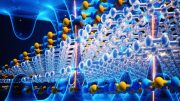
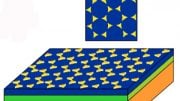
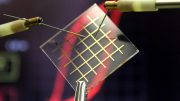
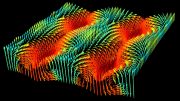
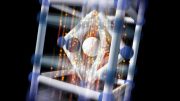


Be the first to comment on "Contradiction of a Fundamental Law? Physicists Find Evidence of an Inverse Transition in Ferroelectrics"